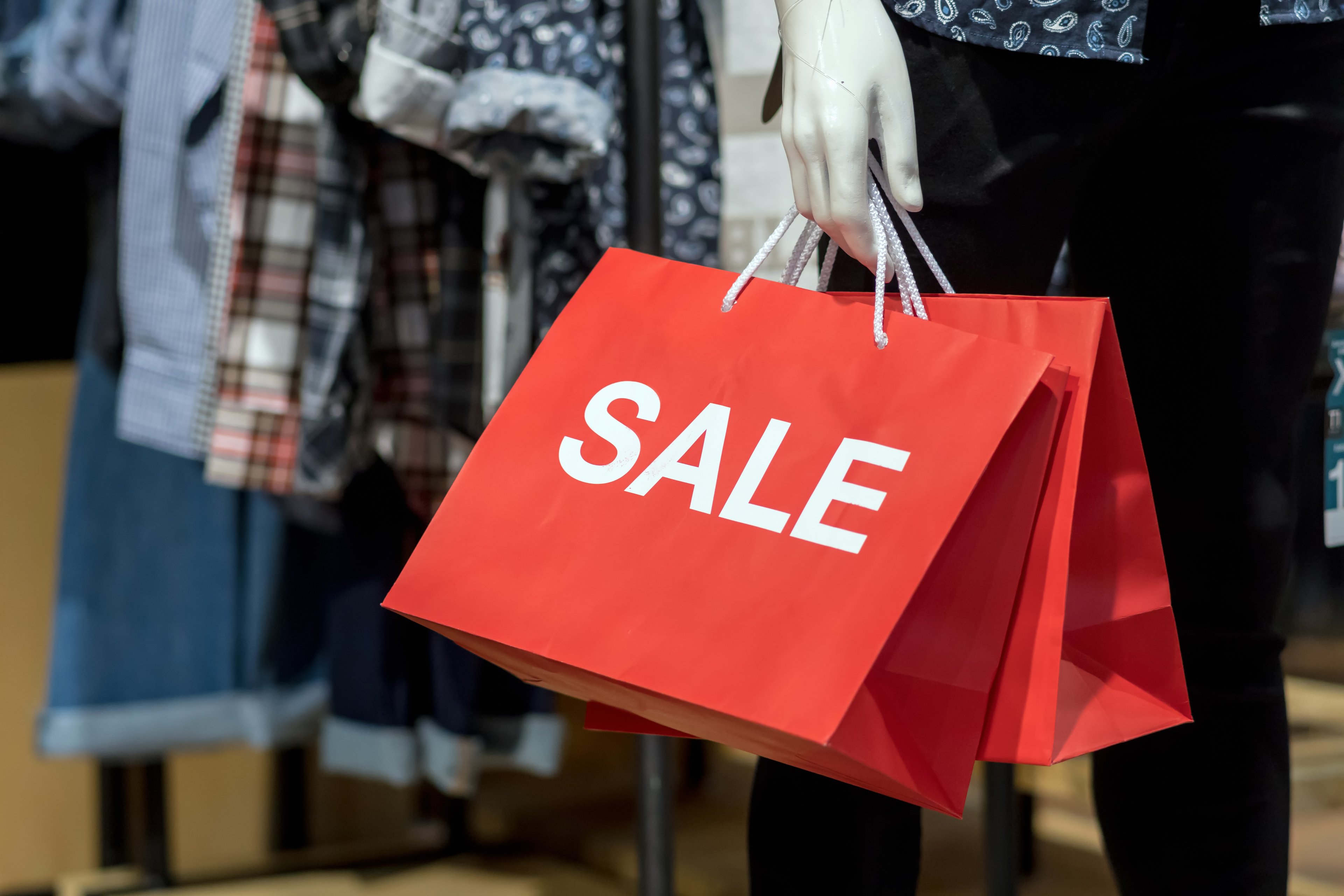Amazon.com (AMZN +0.21%) puts its brand name on its Kindle tablets, e-readers, and streaming television devices. It also has a line of products dubbed Amazon Basics, which includes everything from computer accessories to HDMI cables, batteries, kitchen accessories, and even pet supplies.
The Basics line tends to be a bit no-frills, but it's well-priced, of decent or better quality, and in most cases offers a very good deal for consumers. In some cases, Basics is a house brand the way Whole Foods Market (WFM +0.00%) has its "365" products. Essentially, these are lower-priced choices that consumers can trust because Amazon has put its name behind them.
In other areas -- specifically, the Basics electronics items -- the online retail giant is offering a much cheaper alternative to expensive big-brand items. For example it sells a Lightning-to-USB charger for iPhone for $5.99 while the manufacturer charges $19 on its website.

The Basics name is on a wide array of products. Source: Amazon.com.
It does not always work, but in some cases having Amazon offer an item in the Basics line has forced manufacturers to lower prices. It's also very possible that the threat of having the retailer add an item to its self-branded roster might have been used to get a company to either sell its wares through Amazon.com or do so at a lower price.
Basics gives Amazon leverage it can use to make better deals, to keep companies honest, or even to bring reluctant brands to the bargaining table. That's exactly the tactic the company appears to be taking as it considers entering the fashion industry.
Amazon is going to make clothes?
Amazon is likely to create its own private-label fashion line, according to Amazon Fashion VP Jeff Yurcisin, BuzzFeed reported.
"For Amazon, we know our customers love brands, many of the brands in this room ... and that's where the lion's share of our business comes from," he said at the WWD Apparel and Retail CEO Summit on Oct. 27. "When we see gaps, when certain brands have actually decided for their own reasons not to sell with us, our customer still wants a product like that. Amazon may get into private-label for those kinds of goods."
Call it a threat wrapped up in a promise, but it's clear that Amazon is putting the industry on notice. Do business with us at a good price, or we will make something similar and take business away from you.
It works for Whole Foods
Whole Foods generated $1.8 billion in sales in 2014 with its "exclusive brands" program -- items only sold in its stores -- equal to about 13% of the company's retail sales. About half of the items in the program come from the 365 line, according to its 2014 annual report.
That means that about 6.5% of total retail sales are generated by the in-house brand, which gives the grocery chain leverage with its suppliers. WFM clearly has the ability to threaten to make a 365 version of a product if a manufacturer does not want to sell to it or will only do so on terms the company sees as undesirable.
There is no reason Amazon cannot use its own in-house fashion to create a similar situation where it generates significant sales while also giving the company power in its negotiations.
It's not quite that easy
While Amazon has a huge customer base and sells quite a bit of clothing, customers look to it more for value than for high fashion. That's something the retailer has been looking to change in recent months, bringing on higher-end brands including Calvin Klein, Levi's, Kate Spade, and Steve Madden. Amazon also sponsored July's New York Fashion Week for Men.
The retail giant is positioning itself as a purveyor of "contemporary fashion" rather than luxury brands, according to The New York Times. That keeps it away from the top-tier fashion brands, but it leaves a lot of room to work with major designers, or create its own answers to their products.
"What has a bigger reach than Amazon?" designer Rachel Zoe, who sells her clothes on Amazon.com, told the Times. "Amazon is a great destination for pretty much anything. They've been advocates of the collection and have put ads for it on taxis. It's not five-page spreads in Vogue, but that's the dream."
Amazon should tread lightly
While the retailer has every right to use all the tools at its disposal to get manufacturers and designers to play ball, fashion is not food. Whole Foods can knock off a package of rice or create house-brand seltzer because many people just want to know the quality is there, rather than being loyal to a specific brand.
Amazon may find fashion a bit different from what the high-end food chain has successfully done. With clothes, and even accessories, brands matter. In the 1980s, when I was in junior high, Guess? jeans were all the rage with the girls in my class. A knockoff brand with a similar triangular logo, Palmettos, were sold at a much cheaper price, and some kids bought them.
The knockoff jeans didn't carry the same cachet, though, and my classmates certainly took note of who had the real thing. That's the risk Amazon is taking, but that doesn't eliminate its leverage. It just makes it so the company should be careful which products it makes on its own.
This is an opportunity for Amazon to increase its product line, both by bringing on new partners and in some cases making its own clothes and accessories. It should proceed cautiously but use its selling power and enormous customer base to its advantage.








